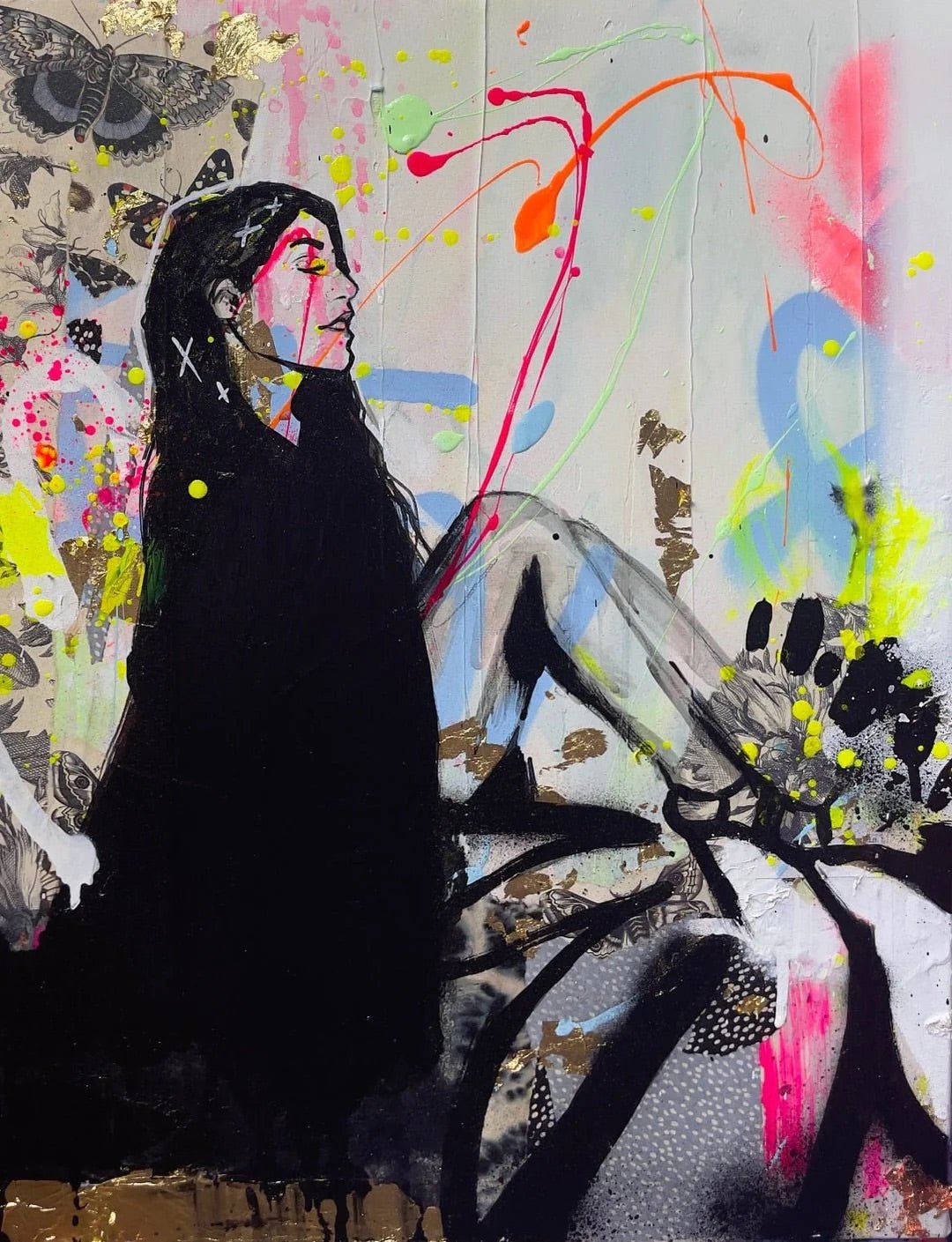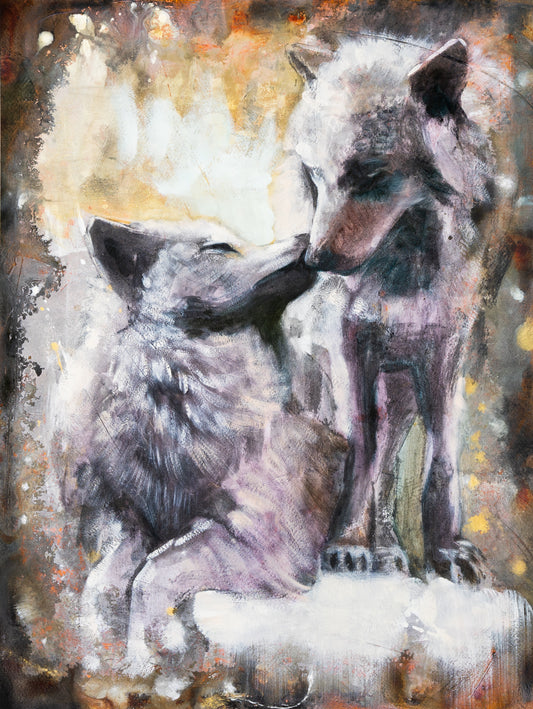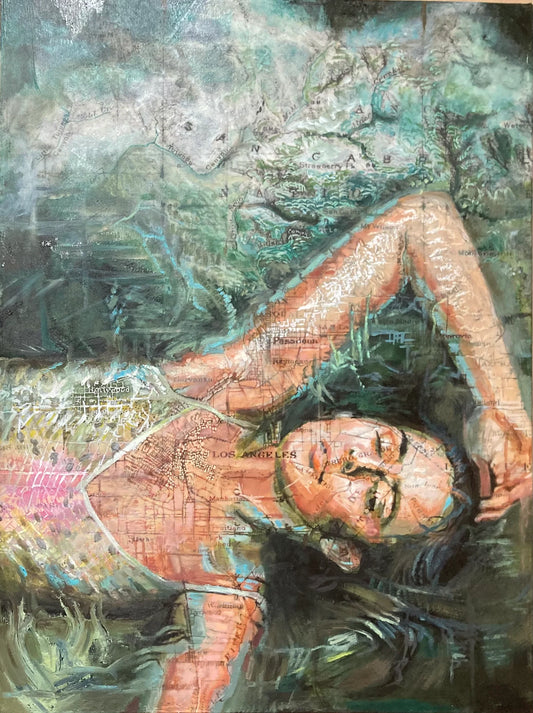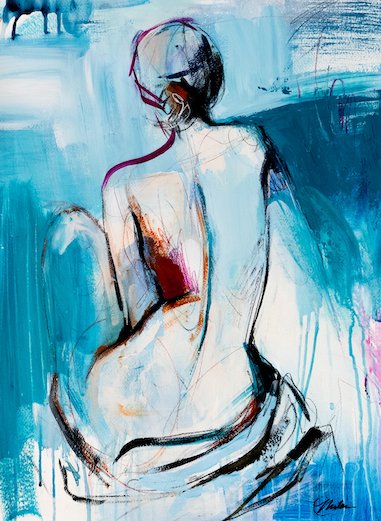Art workshops are dynamic spaces where creativity flourishes, skills are honed, and inspiration flows freely. Whether you're an experienced artist or just starting out on your creative journey, hosting an art workshop can be a fulfilling endeavour. It's an opportunity to share your passion for art, connect with fellow enthusiasts, and explore new techniques together. Here's a guide to hosting an art workshop, along with some exciting painting ideas to ignite your imagination.
Setting the Stage
Before diving into the artistic process, it's essential to set the stage for your workshop. Consider the following aspects:
-
Venue: Choose a spacious, well-lit venue that provides ample room for participants to work comfortably. Whether it's a studio, community center, or outdoor space, ensure that it's conducive to creativity.
-
Materials: Gather all the necessary art supplies in advance, including paints, brushes, canvases, easels, palettes, and cleaning materials. Depending on the theme of your workshop, you might need specialized materials such as charcoal, pastels, or mixed media supplies.
-
Theme or Focus: Decide on a theme or focus for your workshop. This could be anything from landscape painting to abstract expressionism, portrait drawing to still life composition. Tailor your workshop to suit the interests and skill levels of your participants.
-
Promotion: Spread the word about your workshop through social media, local community boards, and word of mouth. Create eye-catching flyers or digital invitations to attract participants.
Engaging Painting Ideas
Once you've set the stage, it's time to explore some engaging painting ideas that will captivate your workshop participants. Here are a few suggestions to get you started:
-
Palette Knife Painting: Experiment with palette knife painting techniques to create textured, expressive artworks. Encourage participants to explore different ways of applying paint using palette knives, from bold strokes to delicate touches.
-
Impressionistic Landscapes: Take inspiration from the Impressionist movement and create vibrant, atmospheric landscapes. Focus on capturing the essence of a scene rather than replicating it with precision. Encourage participants to use loose brushwork and a vibrant color palette to evoke mood and emotion.
-
Mixed Media Collage: Combine painting with other artistic mediums such as collage to create dynamic mixed media artworks. Provide a variety of materials such as magazine cutouts, fabric scraps, and found objects for participants to incorporate into their compositions.
-
Abstract Expressionism: Dive into the world of abstract expressionism and encourage participants to unleash their inner creativity. Emphasize spontaneous, intuitive mark-making and encourage experimentation with color, texture, and form.
-
Botanical Illustrations: Explore the beauty of the natural world through botanical illustrations. Provide reference materials such as flowers, leaves, and plants for participants to observe and depict in their artworks. Focus on capturing the intricate details and delicate textures of botanical subjects.
Fostering Creativity and Collaboration
Throughout the workshop, foster a supportive and collaborative atmosphere where participants feel empowered to explore their creativity. Encourage experimentation, risk-taking, and self-expression, and provide guidance and feedback as needed. Facilitate group discussions and critique sessions where participants can share their work, exchange ideas, and learn from one another's experiences.
Remember that the ultimate goal of the workshop is not just to produce finished artworks but to cultivate a deeper appreciation for the artistic process and foster a sense of community among participants. By hosting an art workshop and exploring exciting painting ideas together, you'll embark on a creative journey filled with inspiration, discovery, and growth.





